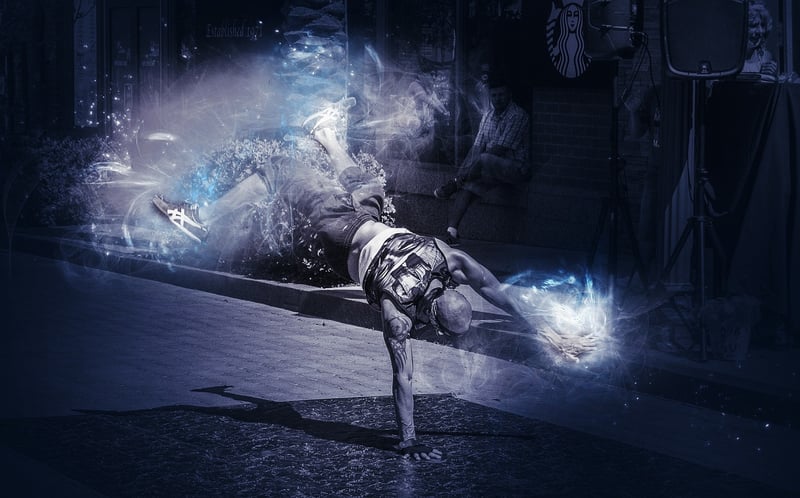Hip Hop
Exploring Expressive Movement Forms in Hip Hop Culture
Hip hop culture is a vibrant and dynamic expression of art, music, and dance that has transcended generations and borders. Within this cultural movement, expressive movement forms play a significant role in telling stories, conveying emotions, and connecting with audiences on a profound level.
The Evolution of Hip Hop Dance
Hip hop dance has its roots in the streets of New York City in the 1970s, where dancers would express themselves through a combination of breaking, locking, and popping. These foundational styles have since evolved into a myriad of diverse movement forms that continue to push boundaries and defy conventions.
The Power of Expression
Expressive movement forms in hip hop allow dancers to communicate their innermost thoughts and feelings without uttering a single word. From the fluidity of lyrical hip hop to the sharp isolations of krumping, each style offers a unique way to convey emotions and connect with the audience.
Embracing Diversity and Inclusivity
One of the most beautiful aspects of hip hop culture is its celebration of diversity and inclusivity. Expressive movement forms in hip hop welcome individuals of all backgrounds, genders, and abilities to come together and share their stories through dance.
Image Gallery


Conclusion
Expressive movement forms in hip hop are not just about dancing; they are about self-expression, empowerment, and connection. As this art form continues to evolve and inspire, it reminds us of the power of movement to transcend boundaries and unite people from all walks of life.
So next time you hit the dance floor, remember that your movements have the power to tell a story, evoke emotions, and bring people together in a celebration of creativity and expression.
